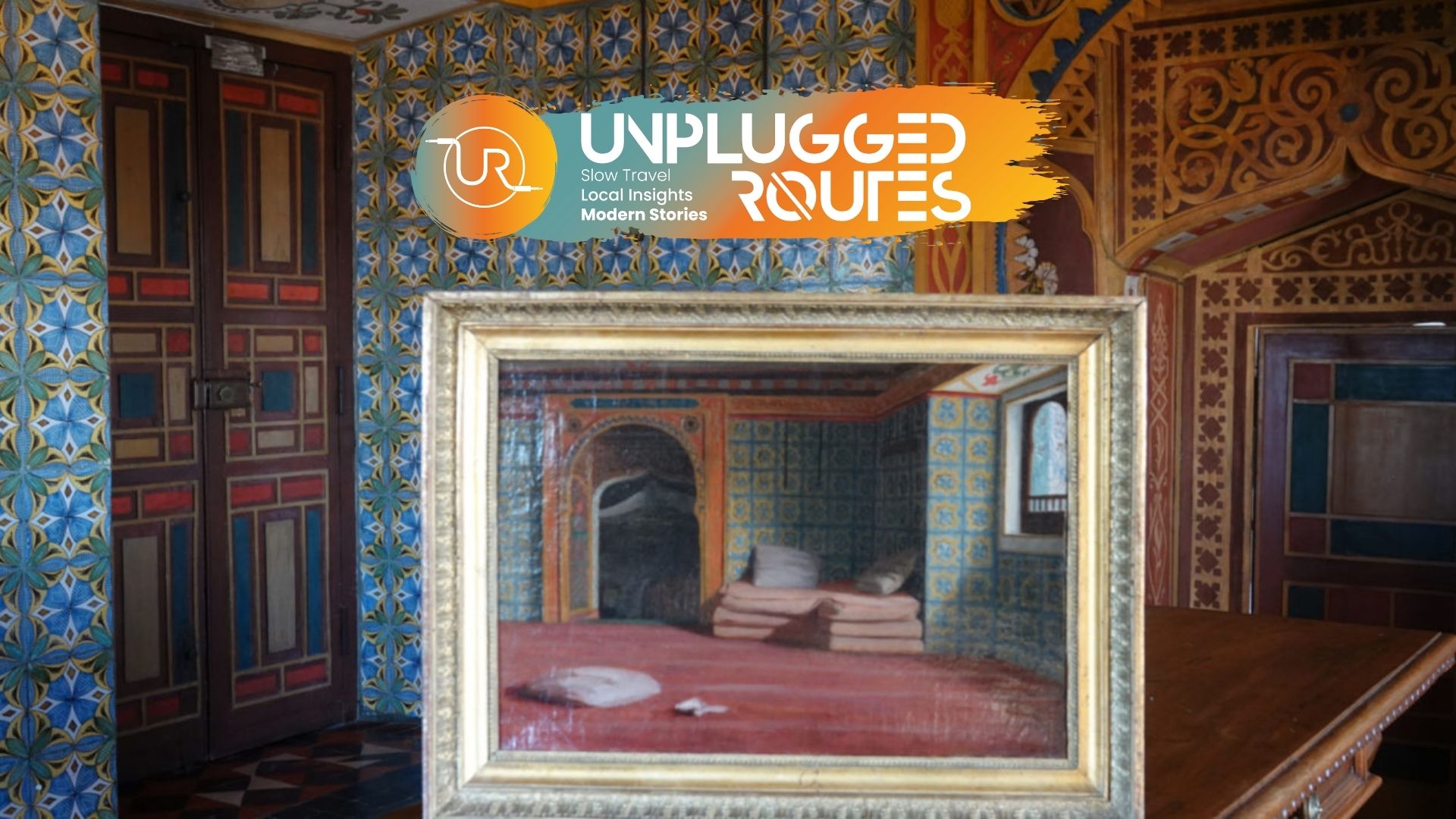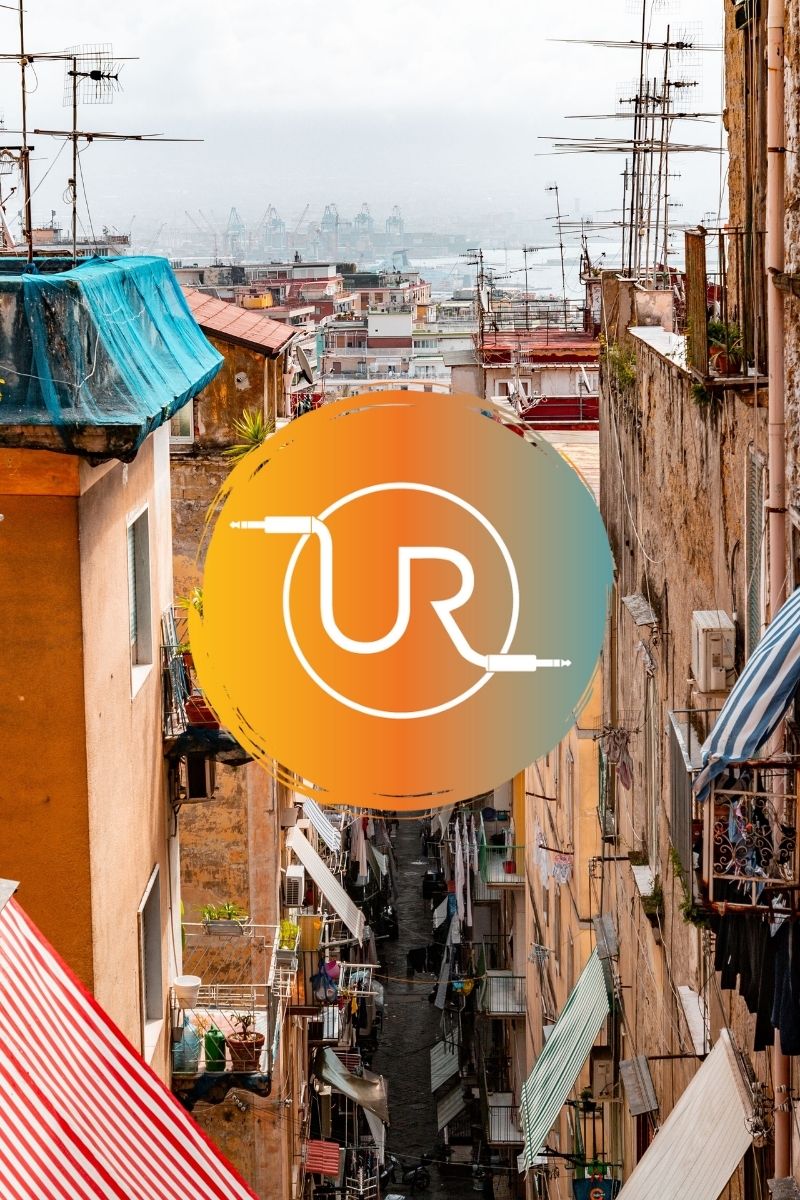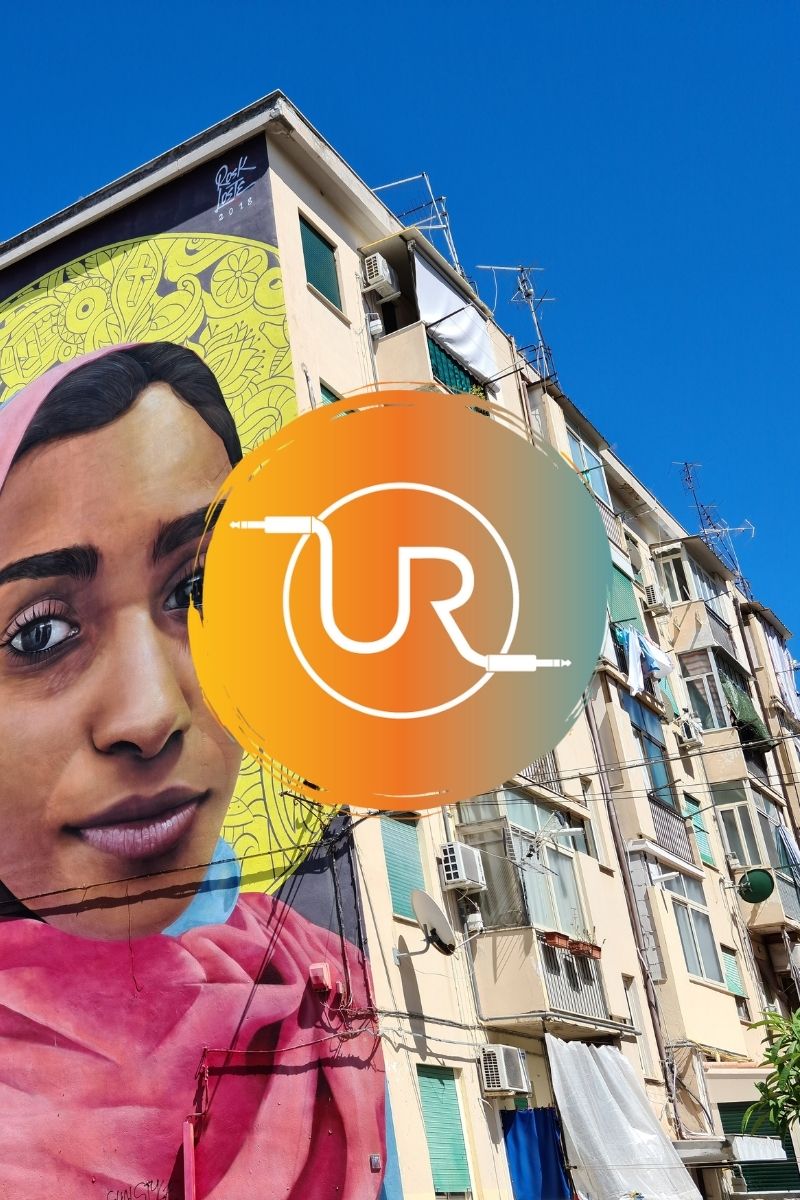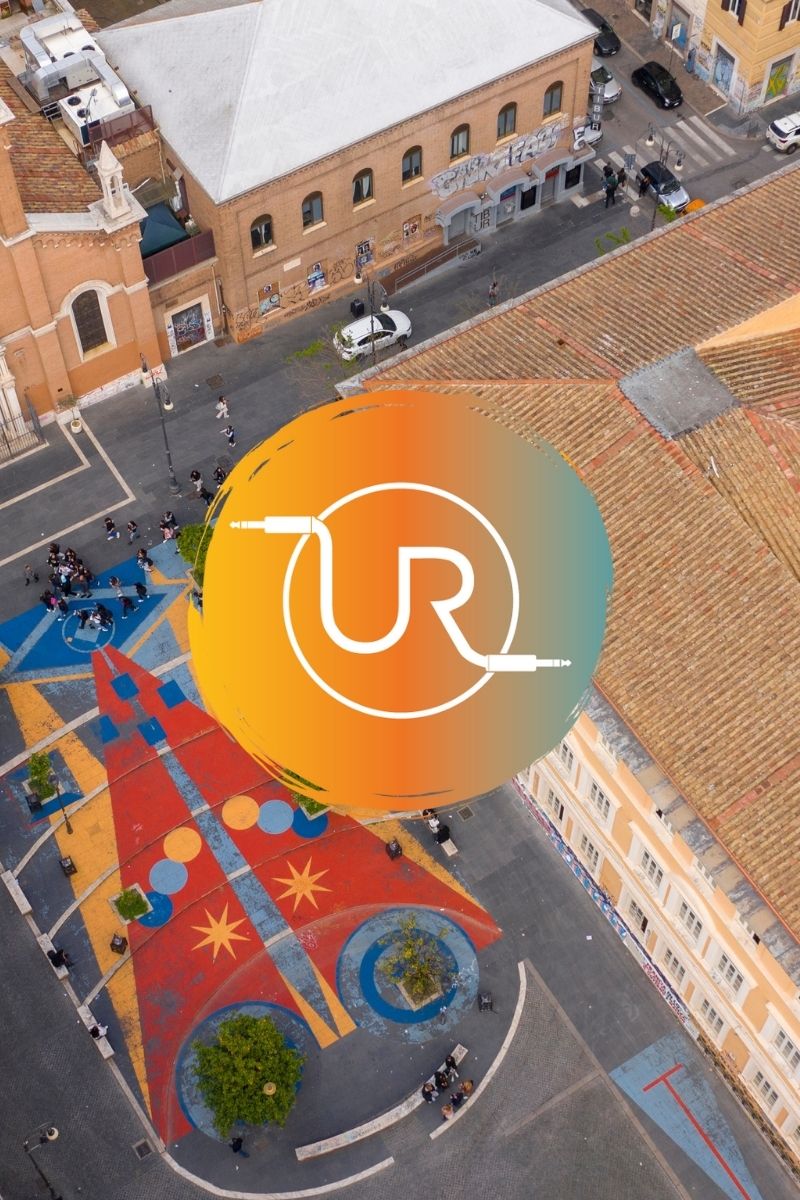
Rising on Pincio Hill in the heart of Rome, Villa Medici is a masterpiece of Italian Renaissance architecture and an impressive building that has been at the center of artistic and cultural interaction for centuries. Belonging to the Medici family of Florence, this magnificent villa stands out with its art collections, magnificent gardens and innovative structure for its time. However, one of the details that makes Villa Medici even more special is the presence of a room called the “Turkish Room” (Camera turca), which reflects the elegance of the Ottoman Empire. This special room reveals the influence of orientalism in Rome and how the cultural bridge between East and West was built through art.
The Historical Journey of Villa Medici
Built in 1544, Villa Medici was originally planned by its first owner, Gian Ricci, a Florentine banker, as a simple villa with the architectural features of the period. However, when Cardinal Ferdinando de’ Medici, Duke of Florence, bought the villa in 1576, it became a center of culture and art. The Medici family, one of the most powerful and art-loving families in Europe, used this villa to increase their influence in Rome and to show the importance they attached to art.
Cardinal Ferdinand de’ Medici reorganized the architectural design of the villa with the most distinguished artists and architects of the time, entrusting the work to Bartolomeo Ammannati. Extensive galleries and libraries were built to house the Medici family’s art collections. These collections included works by great artists such as Michelangelo, Caravaggio and Raphael, and the Villa Medici quickly became the capital of art in Rome. Roman relief sculptures and statues found during excavations in the villa’s garden were placed on the villa’s facade and in its magnificent garden, which spans 7 hectares. This garden was filled with pine, cypress and oak trees, as well as rare plants, similar to the botanical gardens created by his father Cosimo in Pisa and Florence.
In 1587, when the Cardinal became Grand Duke of Tuscany, most of these works were taken to Florence. For a century and a half, the villa became one of Rome’s most elegant and posh venues, replacing the Palazzo Firenze for the Grand Duchy of Tuscany’s envoys to the Papal court. In 1633, Galileo Galilei stayed in the villa as an invited guest of the Grand Duke Ferdinando II of Tuscany, where he resided for a time freely, then compulsorily during his trial by the Inquisition.
In 1737, with the end of the Medici Duchy, the villa passed to the Lorena family. At the request of Grand Duke Pietro Leopoldo di Lorena, who wanted to collect all the Medici collections in Florence, the villa was almost completely emptied and everything that could be moved was packed and shipped by sea. Among the most valuable pieces were the Roman statues in the Loggia dei Lanzi, the Medici Vase, a large crater in the Uffizi, the Boboli Obelisk and the gray granite pool, probably from the Alessandrine baths.
Art-Filled Days of the French Academy and Villa Medici
The villa was put up for sale by Pietro Leopoldo in 1787, after the relocation of the works was completed. Twelve years later, during a period of great political tensions following the Italian military landings, ownership of the villa passed to France, and in 1803, thanks to a contract signed by Napoleon Bonaparte, the branch of the French Royal Academy in Rome, whose previous building had burned down in 1793, moved here. From then on, selected painters, sculptors, writers and composers from France were hosted here and had the opportunity to realize their artistic projects. Still hosting the French Academy, the villa continues to contribute to cultural life as one of the most prestigious art residences in Rome. This prestigious cultural institution, which has hosted many famous artists such as Auguste Rodin, Claude Debussy, Jean-Baptiste-Camille Corot, has been the center of artistic interaction and has been directed by famous names such as Ingres and Balthus over the years.
Turkish Room Traces of the Ottoman Empire
The Turkish Room, one of the most interesting and surprising sections inside the Villa Medici, is a symbol of the interest in the Ottoman Empire and Eastern cultures. Decorated in the 17th century under the influence of Western orientalism, this room is a work of art with its Ottoman-style decoration. The Turkish Room, whose walls are covered with Ottoman patterns, introduces visitors to the subtle aesthetics of the Ottoman world.
The motifs used in the decoration of the Turkish Room are a reflection of the curiosity and admiration for Eastern culture in Europe at the time. Since the powerful and majestic image of the Ottoman Empire created an exotic effect in the West, the Medici family wanted to bring this effect to the elegant atmosphere of Villa Medici. The motifs used in the room feature tile details, curvilinear patterns and warm color tones; these elements emphasize the fine craftsmanship of Ottoman art.
The Gardens of Villa Medici: A Paradise on Earth
The famous gardens of Villa Medici are meticulously landscaped, just like the villa itself. A classic example of Italian Renaissance gardens, they are filled with expansive lawns, statues and fountains. The gardens also feature an observation terrace that embraces the natural landscape of Rome. Here, visitors can witness the ancient buildings of Rome and the mesmerizing view of the Pincio Hill.
The gardens are also home to many different plant species and endemic trees. Today, the Villa Medici gardens offer visitors a nature getaway as well as cultural events. The artistic as well as natural beauty of the villa makes it one of Rome’s top attractions.
A Blend of Culture in Rome: Villa Medici and the Turkish Room
Villa Medici has become a unique cultural heritage by presenting both the splendor of the Renaissance and the artistic and cultural heritage of the Ottoman Empire. Visitors to this historic building, which combines Western and Eastern cultures in the heart of Rome, will have the opportunity to experience the reflection of Ottoman aesthetics in the West while discovering the historical and cultural richness of Rome. The Turkish Room continues to exist in this villa as an important symbol showing that cultural exchange has always continued in history and that art is a universal language.







Leave a comment: